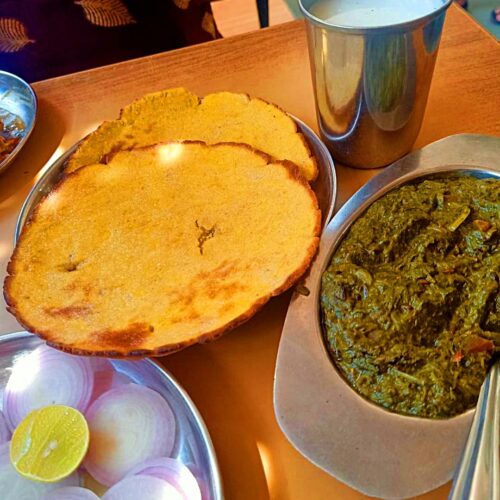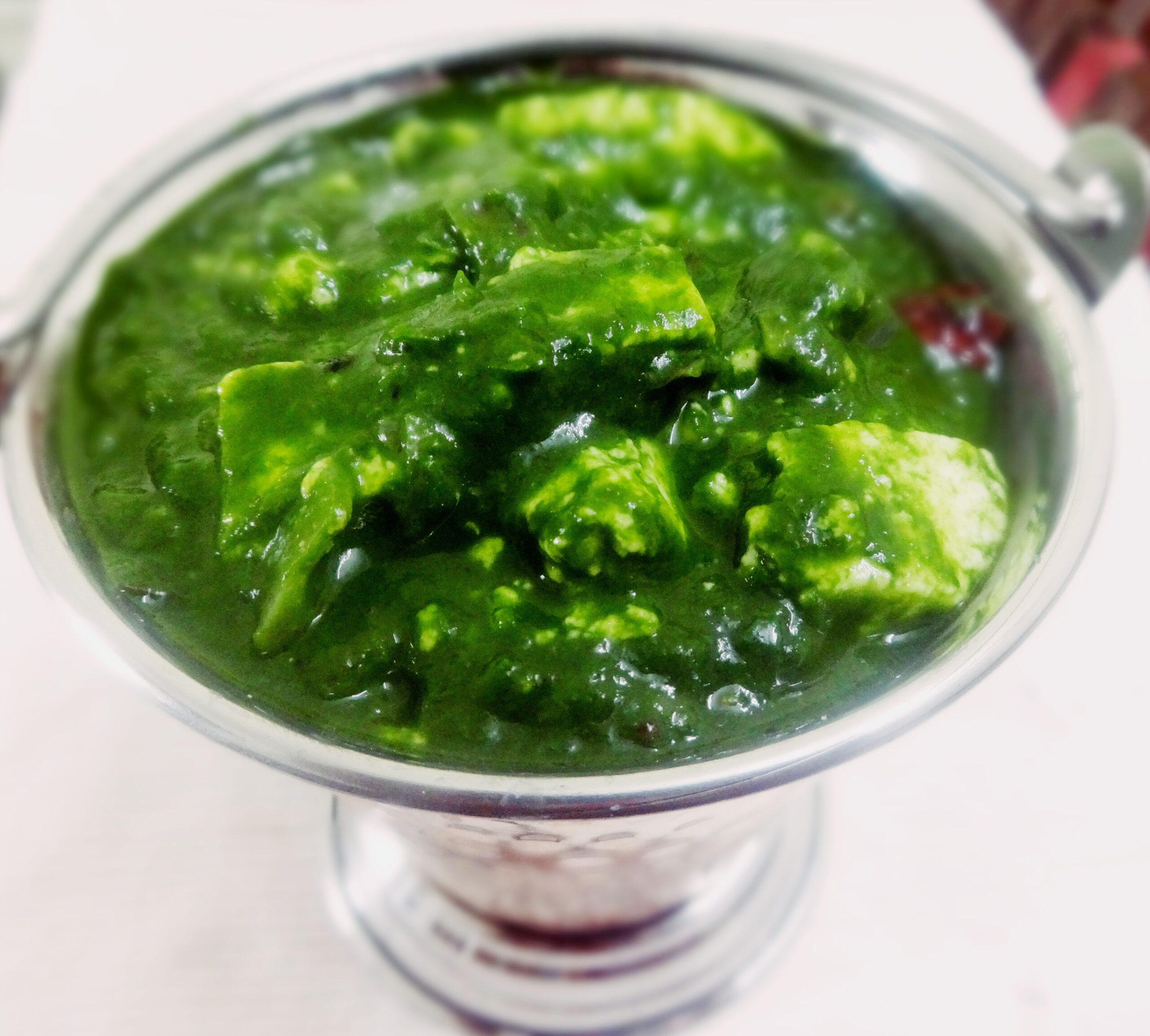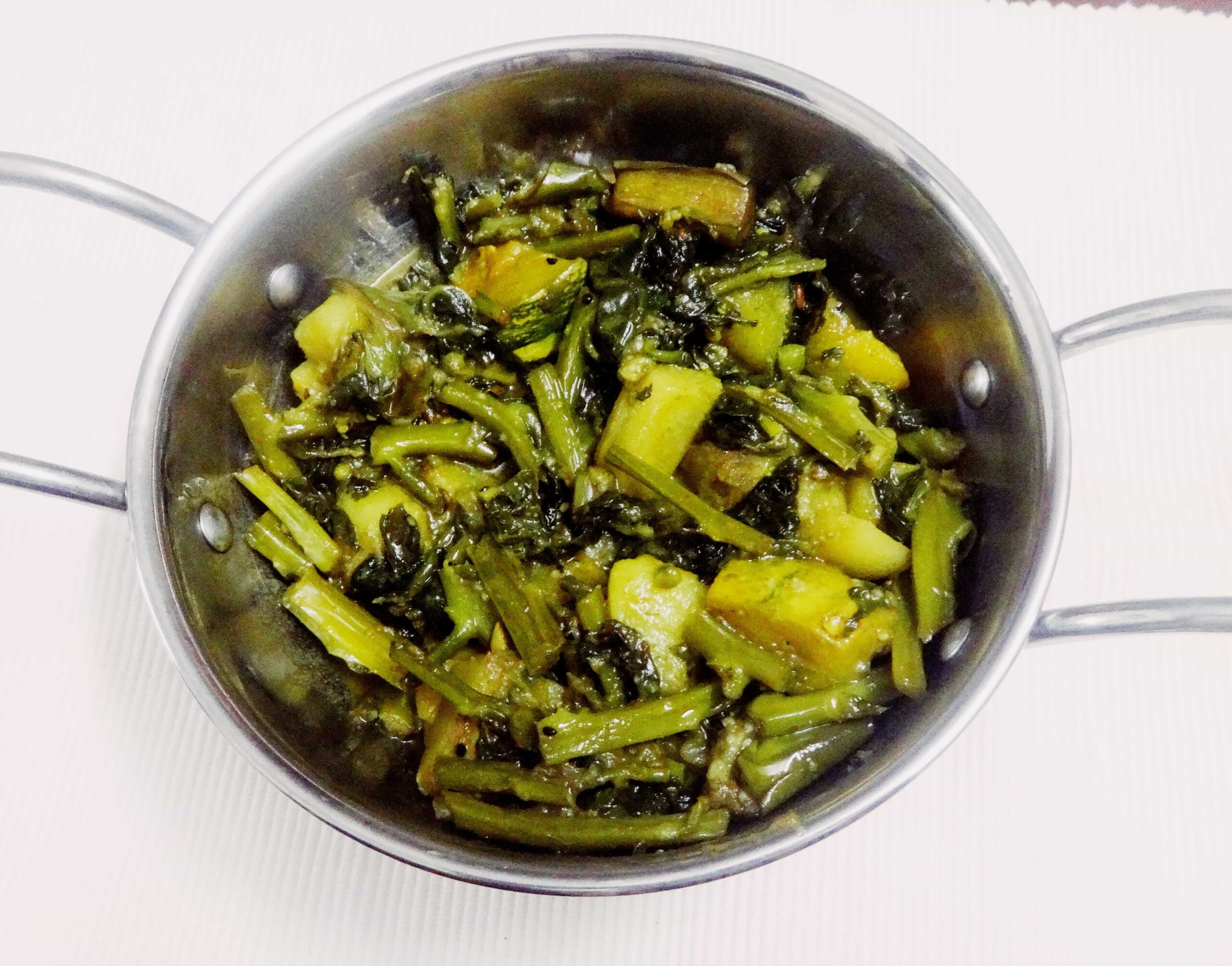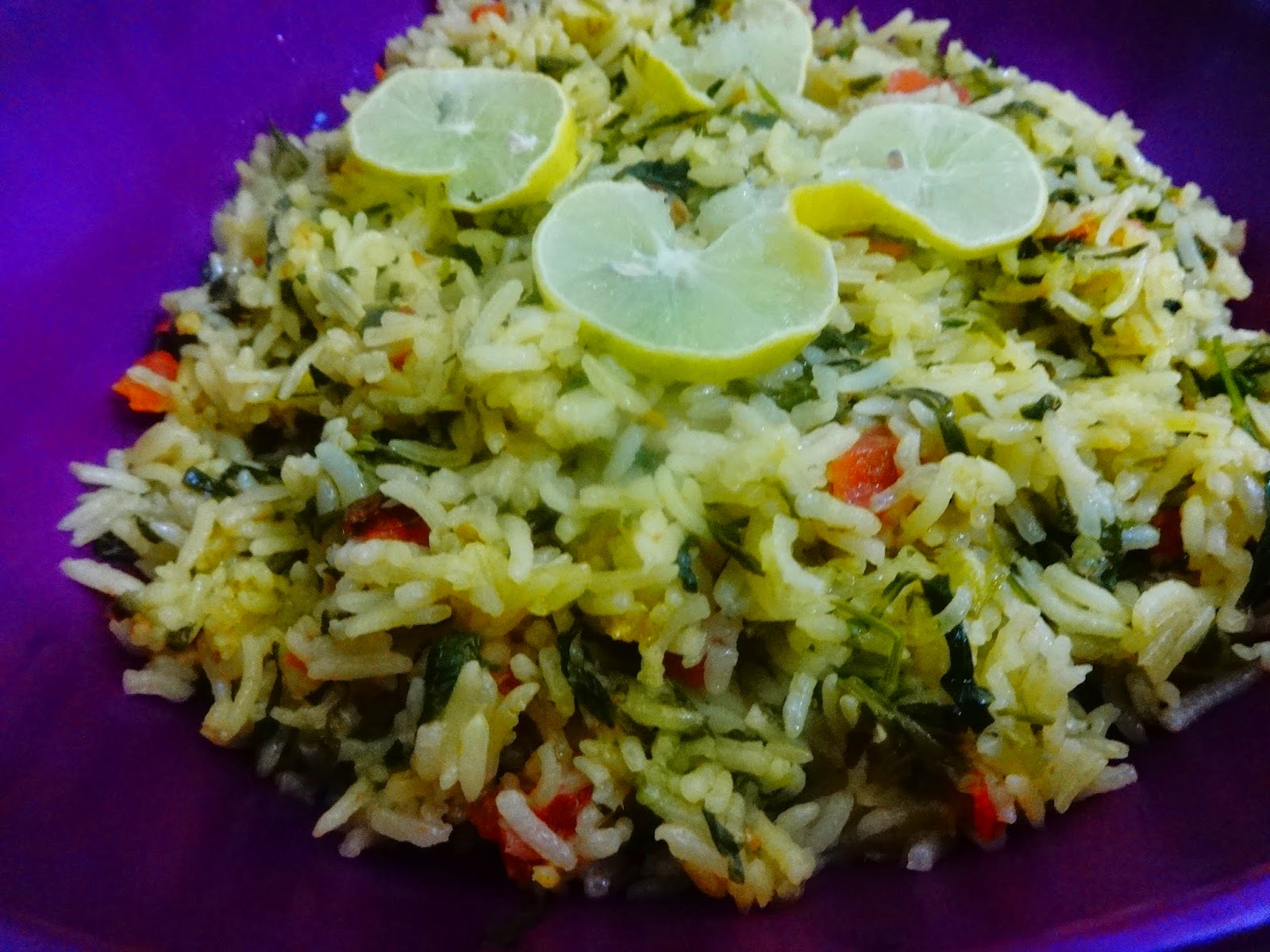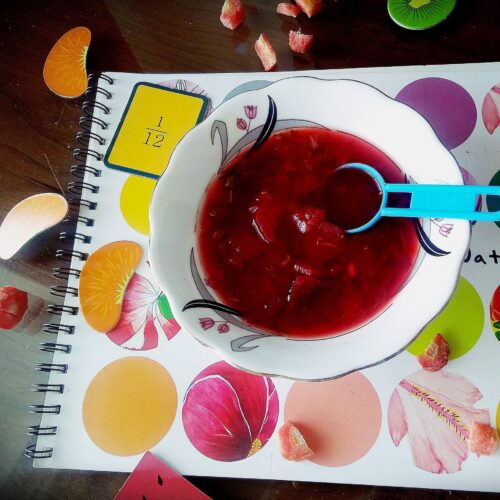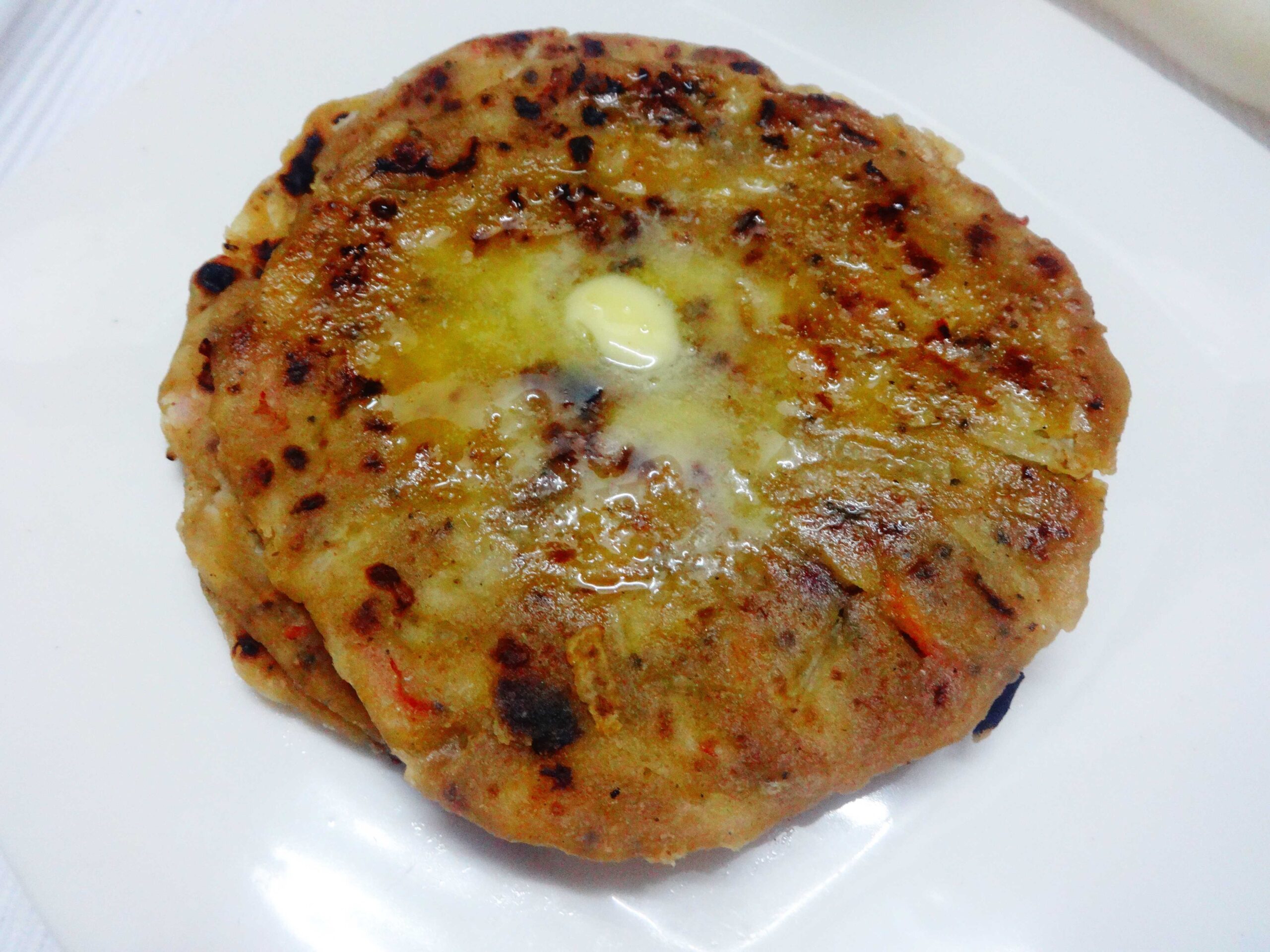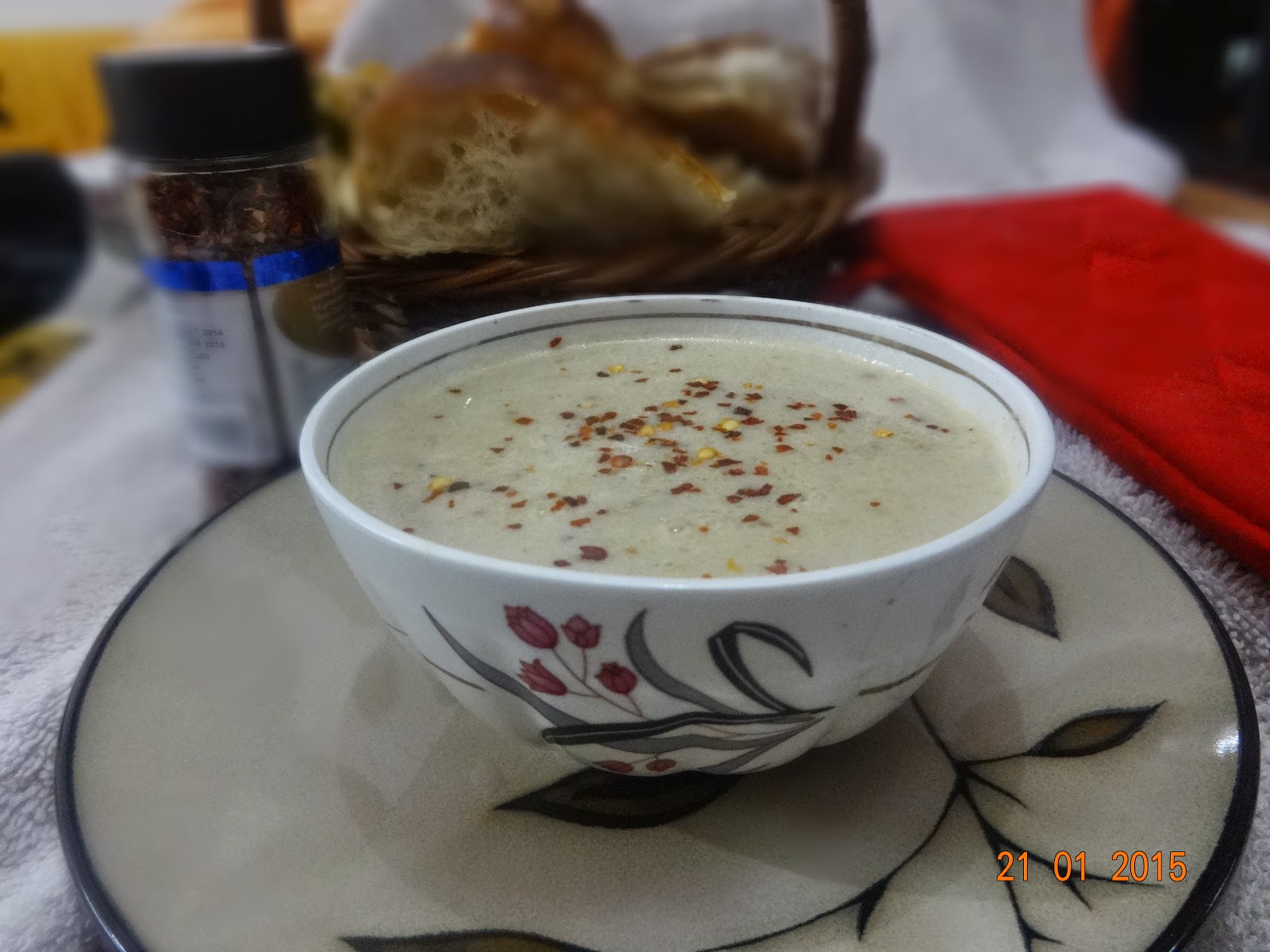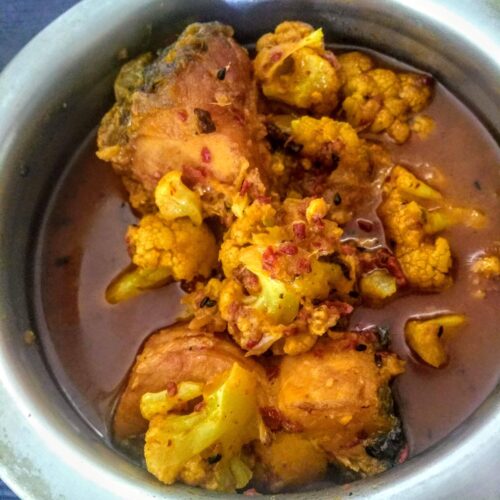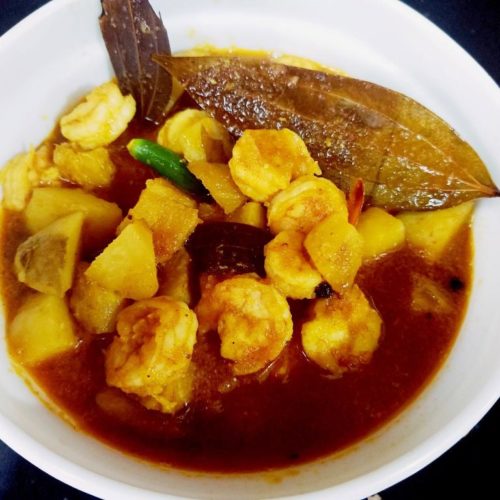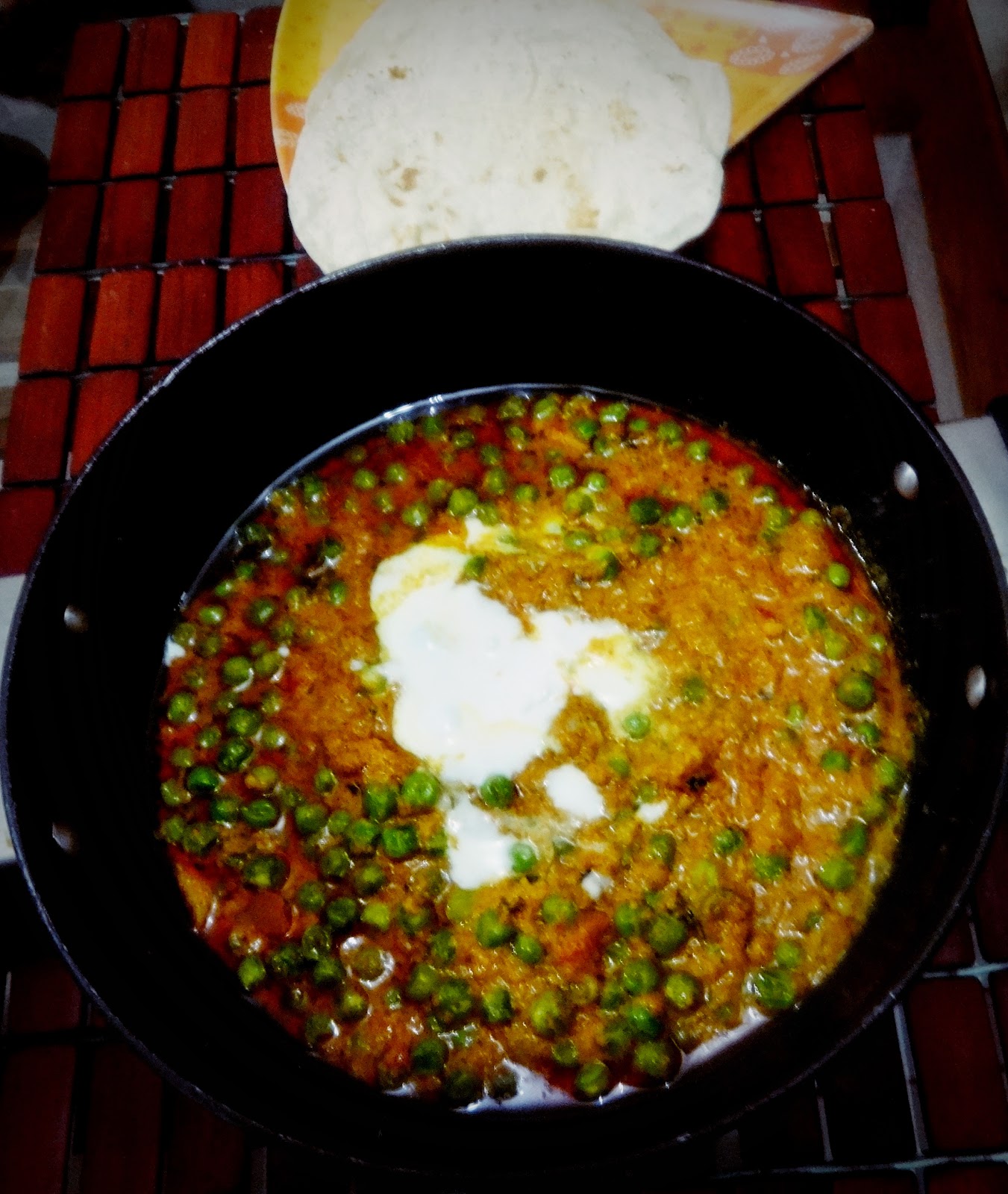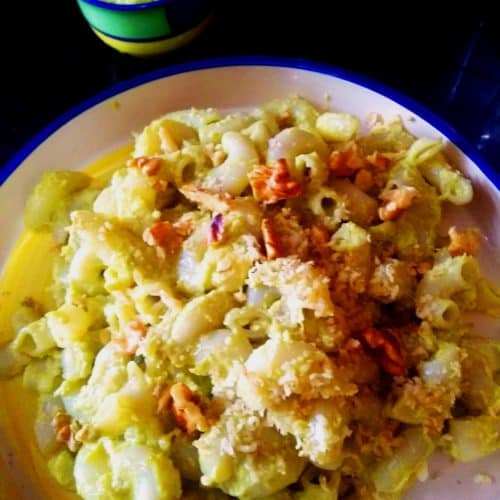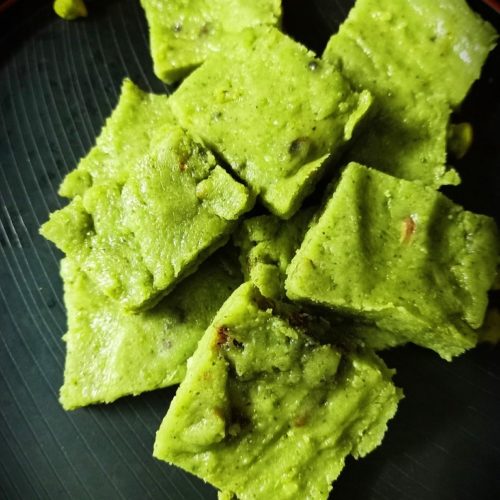31 December, 2023
[huge_it_share]
Winter vegetable recipes
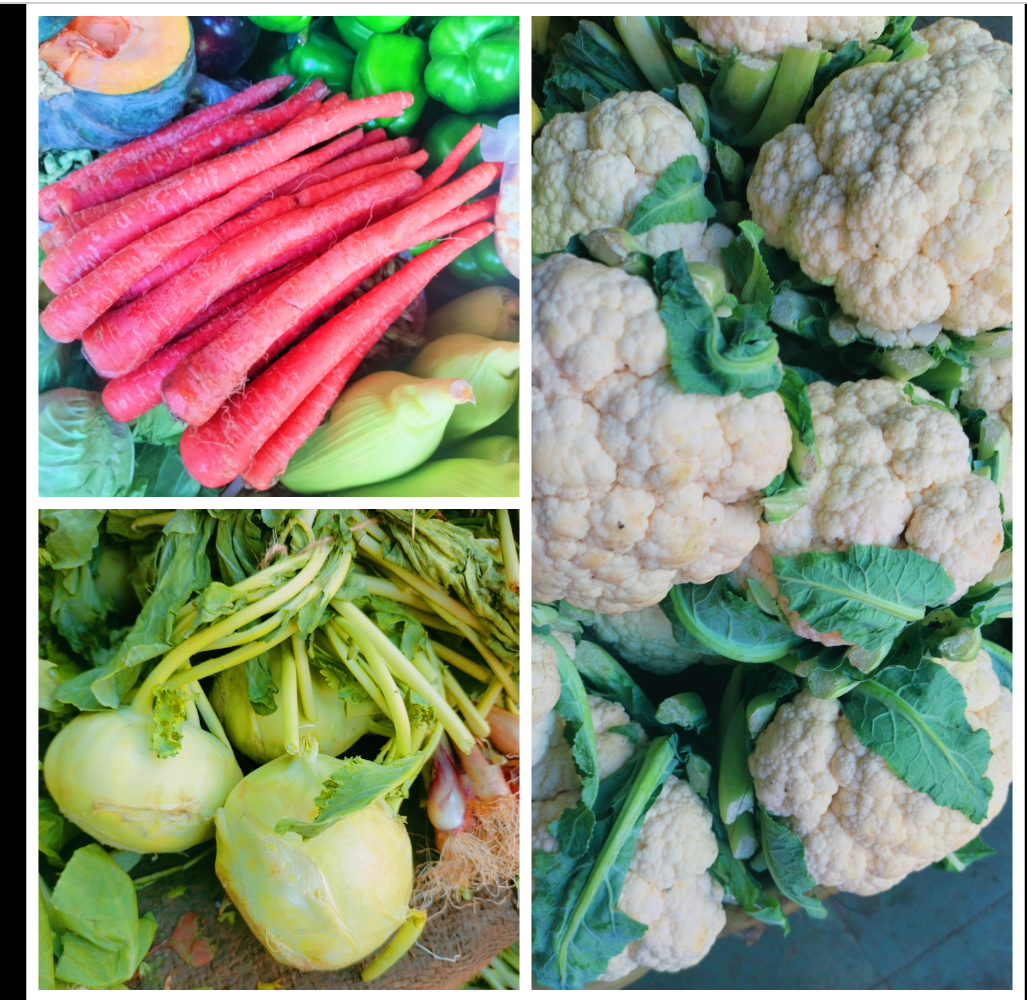
In India, the availability of vegetables varies depending on the region and climate. Winter vegetables in India are generally those that thrive in cooler temperatures and are cultivated during the winter season. Here are some common winter vegetables that are popular in various parts of India:
Leafy greens
- 1. Leafy Greens:
- Sarson (Mustard Greens): Commonly used in North Indian cuisine, especially in dishes like Sarson da Saag.
- Benefits
- Rich in iron and vitamins
- Contains roughage and fibers.
- Benefits
- Sarson (Mustard Greens): Commonly used in North Indian cuisine, especially in dishes like Sarson da Saag.
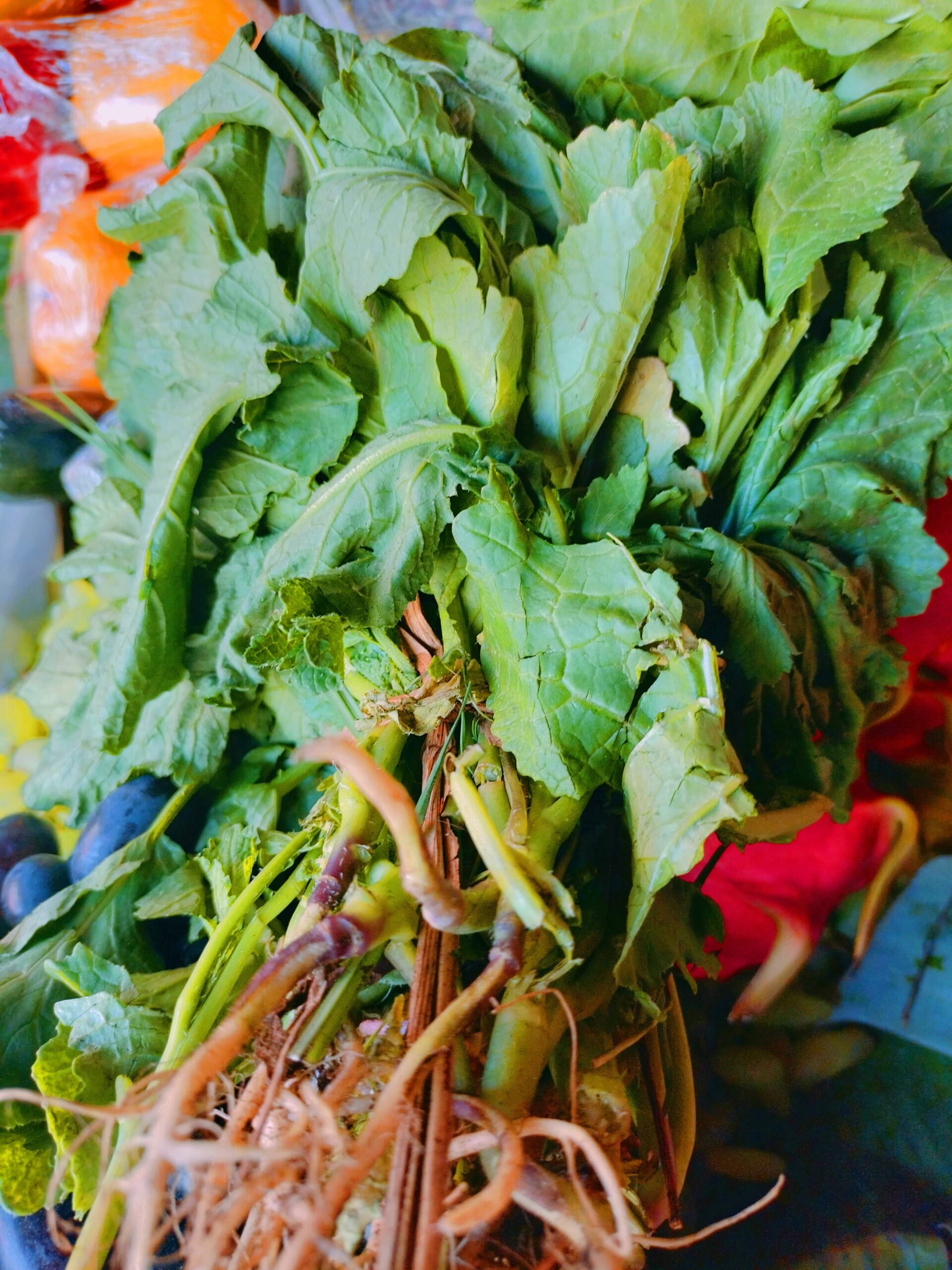
Sarson ka saag makki di roti
Sarson ka saag makki di roti
Its a classic traditional Punjabi combo , consisting of tender finger licking spicy green curry to be moped with gluten free corn meal flatbreads.
Check out this recipe
- Palak (Spinach): Widely used in various dishes like Palak Paneer and in soups.
- Benefits
- Curbs appetite
- Rich in iron, prevents anemia.
- Strengthen bones.
Palak paneer
Palak paneer
Authentically this dish is prepared with homemade cottage cheese produced from curdled milk and then pressed with a stone to form solid block of cottage cheese.But nowadays one can buy readymade cottage cheese or tofu from the market for this dish.
Check out this recipe
Palak paratha
Palak paratha
Palak paratha or spinach paratha is a great way to integrate taste and health together in one dish.It is a wonderful way to include green in your kids diet specially when spinach is not favorite among the kids. These green color spinach paratha are very attractive to look at and they are wholesome and mouthwatering with a spicy Indian pickle or even with plain yoghurt dip.
Check out this recipe
- Malabar spinach: This is a variety of regular spinach containing a bit thick leaves ,red stems and purple seeds.
- Benefits
- Low calorie, fat free, filling food
- Higher concentration of vitamins, antioxidants and carotenoids.
- Benefits
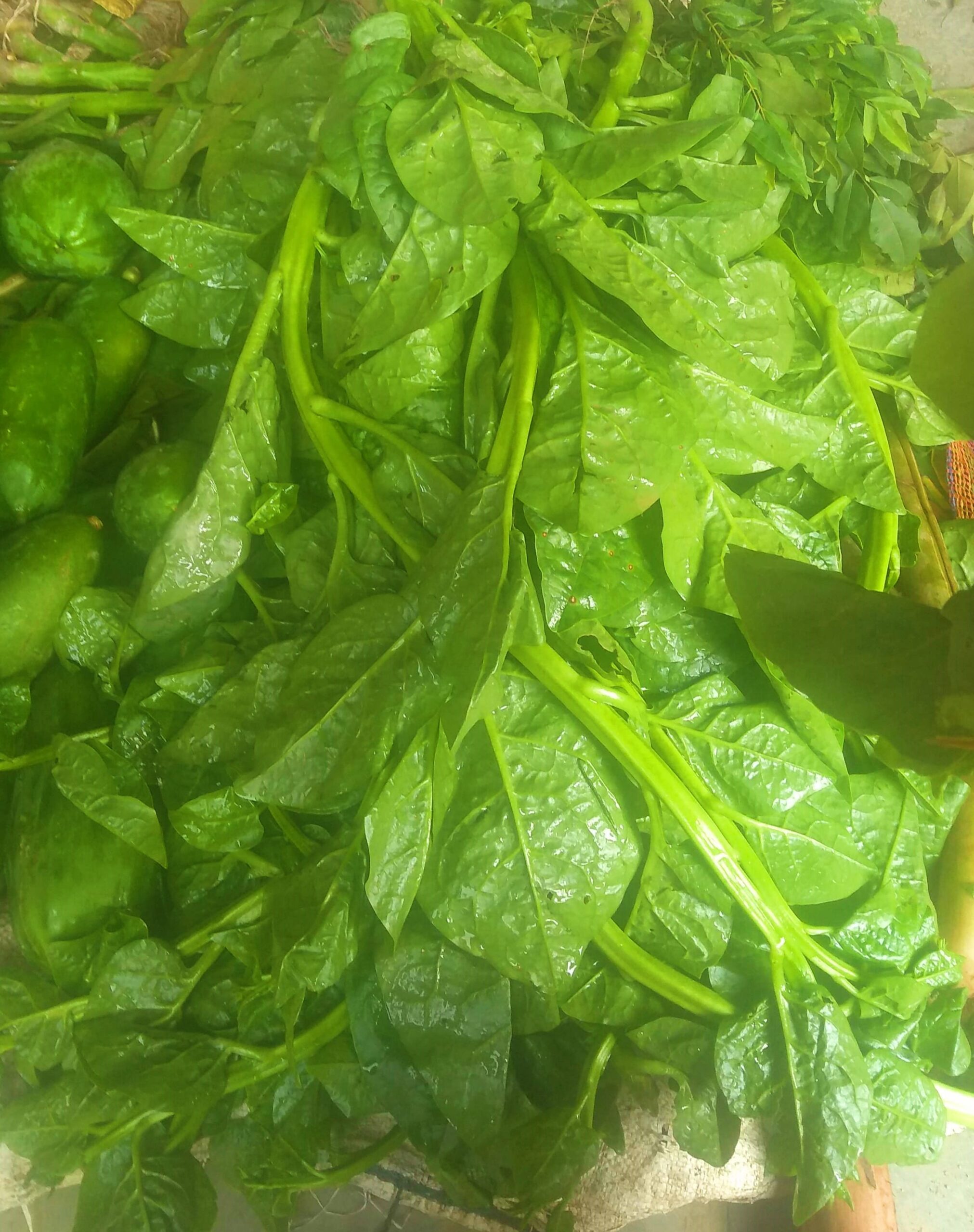
Malabar spinach mixed vegetable
Pui shaker chorchori
This is a traditional vegetable side dish from mom’s kitchen.The combination of vegetables is important in this case .The use of the right veggies in the right proportion makes this dish very tasty.Malabar spinach is a green leafy vegetable popular in Asia .It is very popular in Chinese and Filipino cuisines besides India.The leaves are thicker than regular spinach and crunchy to taste.Like spinach this vegetable is also rich in iron and vitamins.
Check out this recipe
- Fenugreek (Methi):
- Fenugreek Leaves: Fresh Methi leaves are used in dishes like Methi Paratha and in curries.
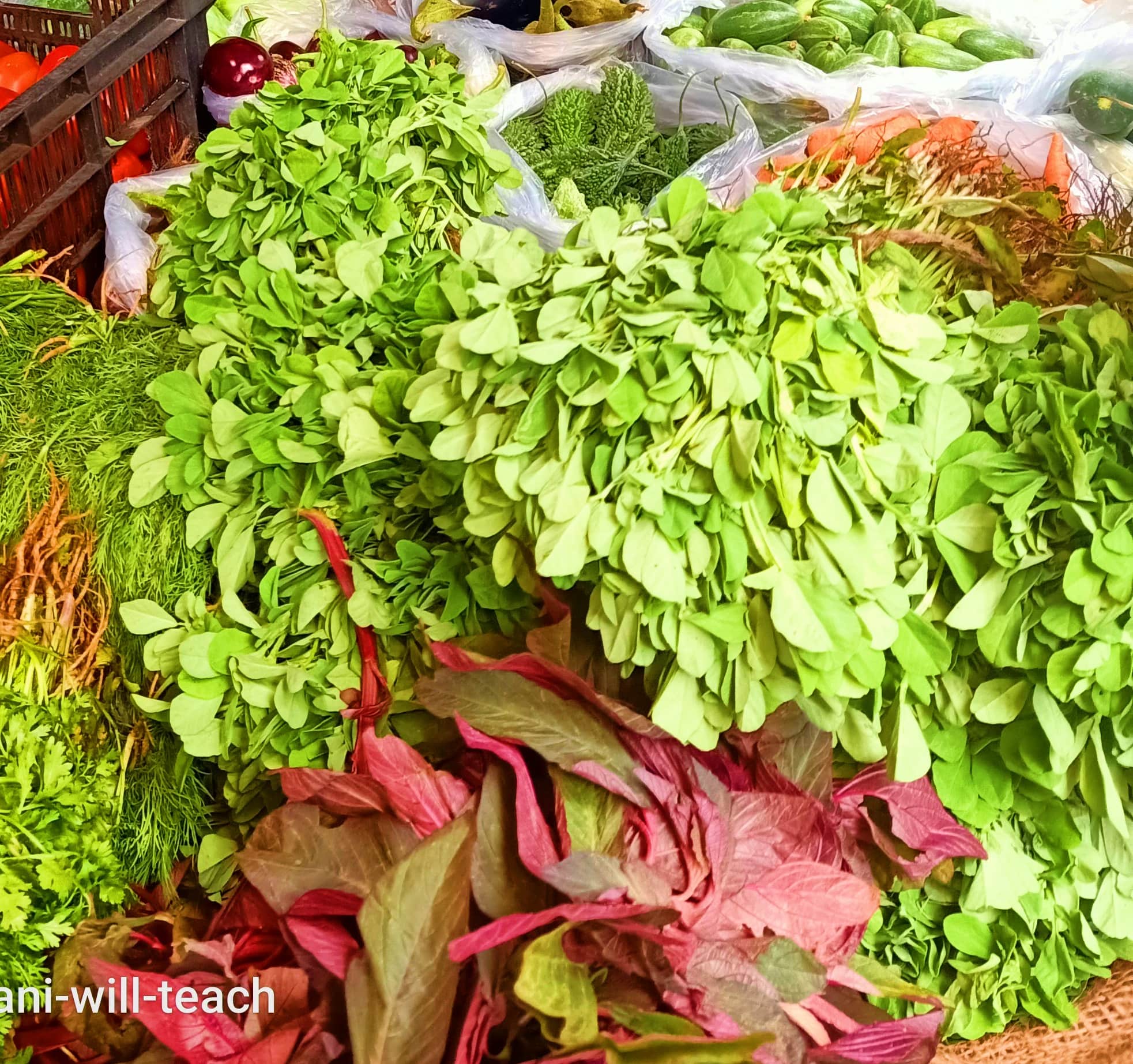
Methi rice
Root vegetables
- 2. Root Vegetables:
- Carrots: Carrots are available in abundance during the winter season and are used in salads, sabzis (vegetable dishes), and snacks.
- Benefits
- Rich in Vitamin C which boosts immunity.
- Rich in Vitamin A which improves eyesight.
- Carotenoids in orange carrot and lycopene in red carrots add color to your food and provides ant-inflammatory and antioxidant properties to your food.
- Benefits
- Carrots: Carrots are available in abundance during the winter season and are used in salads, sabzis (vegetable dishes), and snacks.
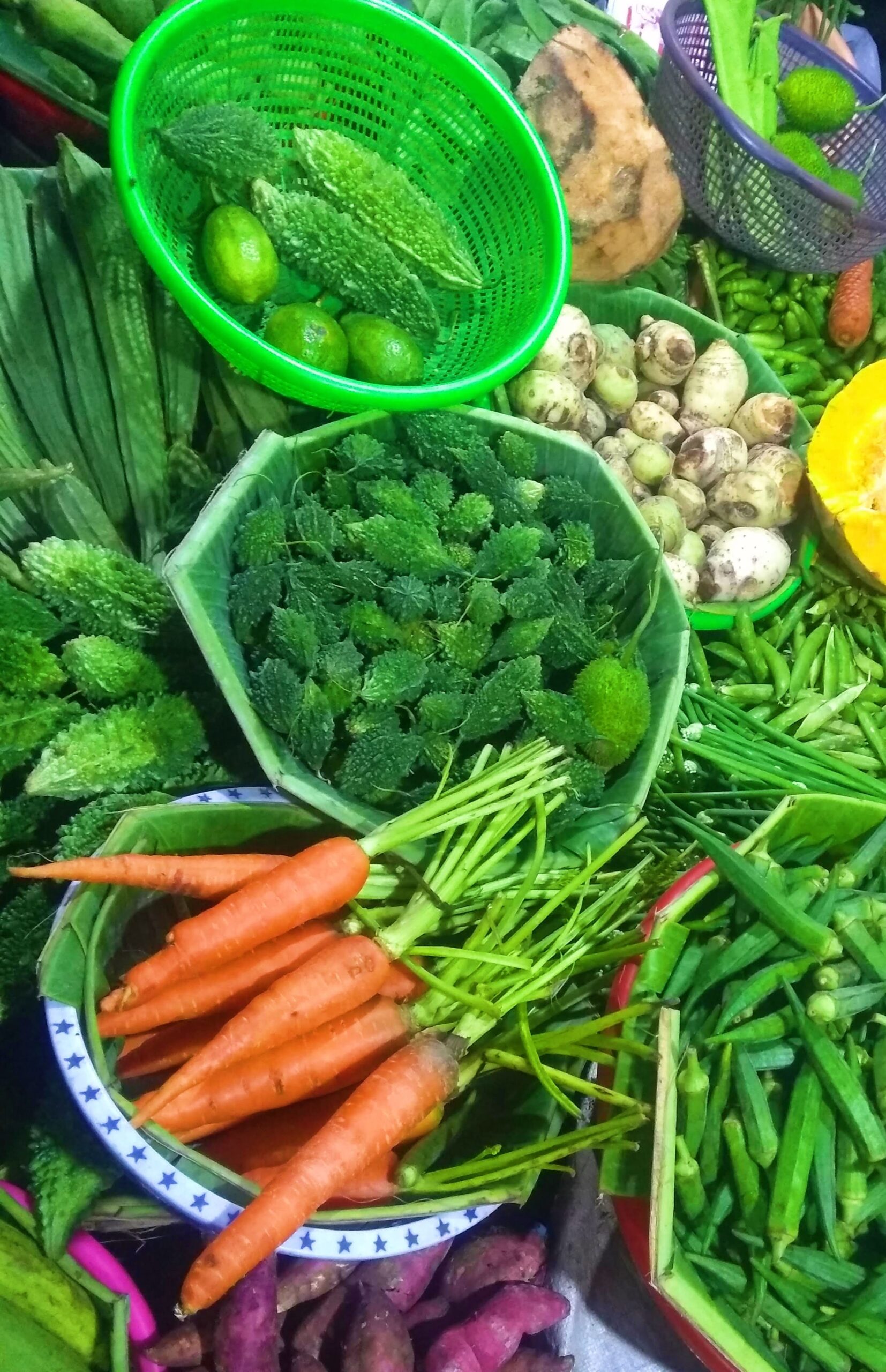
Beetroot carrot mixed vegetable soup
Beetroot carrot mixed vegetable soup
This is a comfort soup which can be consumed during the winter. It contains the goodness of the seasonal vegetables and protein packed due to addition of lentils.
Check out this recipe
- 5. Radishes: White radishes are used in curries, pickles and salads, while red radishes are often eaten raw.
- Benefits
- High water content can keep you hydrated.
- High potassium, help to lower blood pressure.
- Rich in antioxidant and vitamin C
Mooli paratha
Mooli paratha
These are extremely tasty whole wheat breads which can be readily served with some raita or homemade curd and can make a healthy meal. Radish is a vegetable which contains substantial amount of fibers or roughage and has digestive properties as well.Apart from being a powerful detoxificant which helps to improve the functioning of liver it is also anti-carcinogenic. Compared to the other vegetables it is difficult to stuff because of it high content of water.So I directly mix it with the flour.
Check out this recipe
Cruciferous vegetables
- 6. Cruciferous Vegetables:
- Cauliflower (Phool Gobi): A versatile vegetable used in curries, stir-fries, and snacks like Gobi Manchurian.
- Benefits
- Rich in sulforaphane which neutralizes toxins
- Rich in fiber
- Low in calories
- Benefits
- Cauliflower (Phool Gobi): A versatile vegetable used in curries, stir-fries, and snacks like Gobi Manchurian.
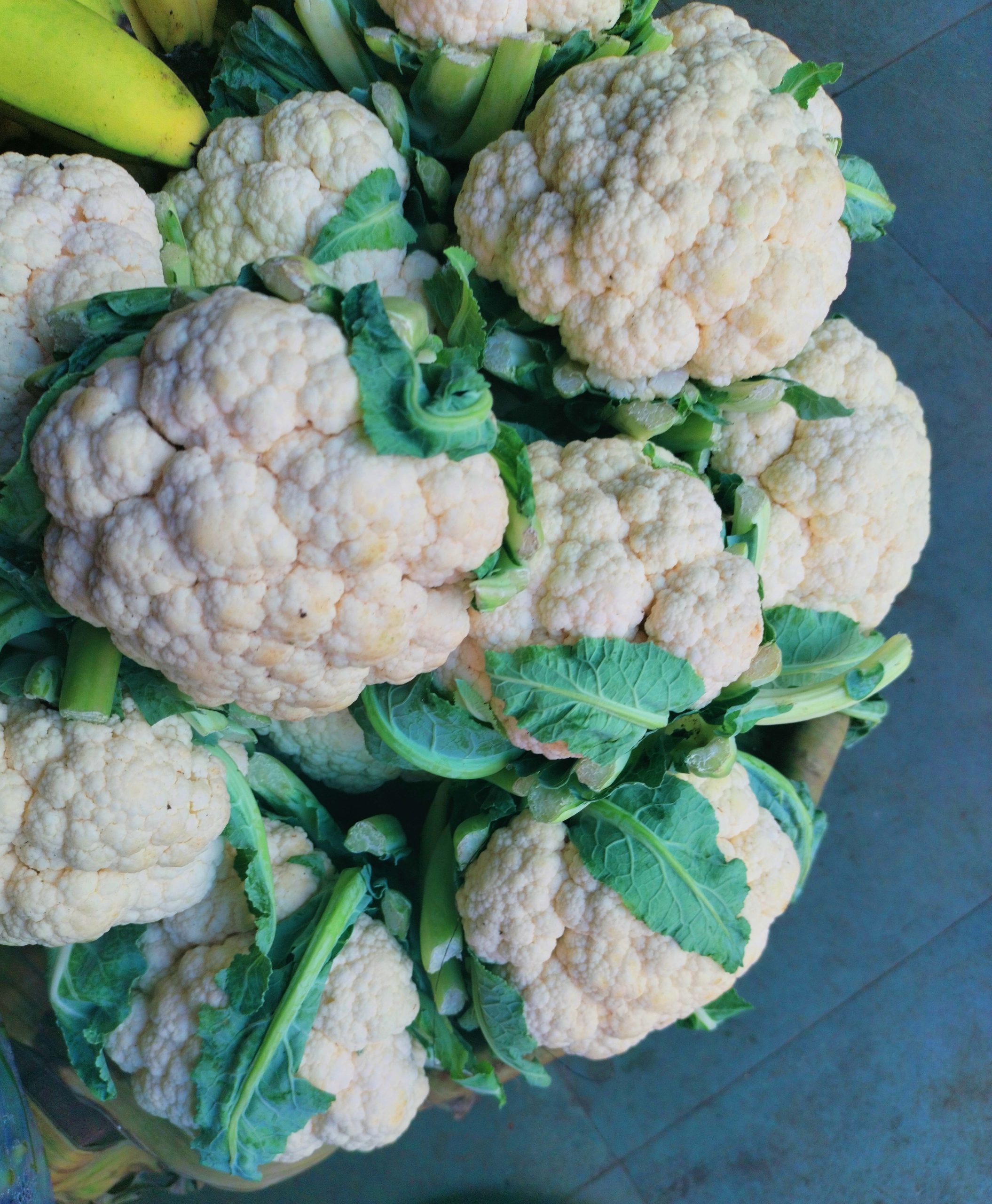
Creamy cauliflower soup
Creamy cauliflower soup
This is a quick and easy recipe for the soup lovers without involving a run to the supermarket for the ingredients. It is healthy too. The soup just look delicious and creamy.
Check out this recipe
Bengali fish curry with cauliflower
Bengali fish curry with cauliflower
Fish curry with seasoning of nigella seeds cooked with fried cauliflower for a medium spicy light gravy consumed with steamed rice..simply marvellous
Check out this recipe
- kohlrabi: Kohlrabi vegetable is cruciferous vegetable related to cabbage.
- Benefits
- Its rich in vitamin C and antioxidant.
- Reduces the risk of heart disease, diabetes, cancer
- Rich in Glucosinolates (GLs) and isothiocyanates (ITCs) which are found to protect heart and brain.
- Benefits
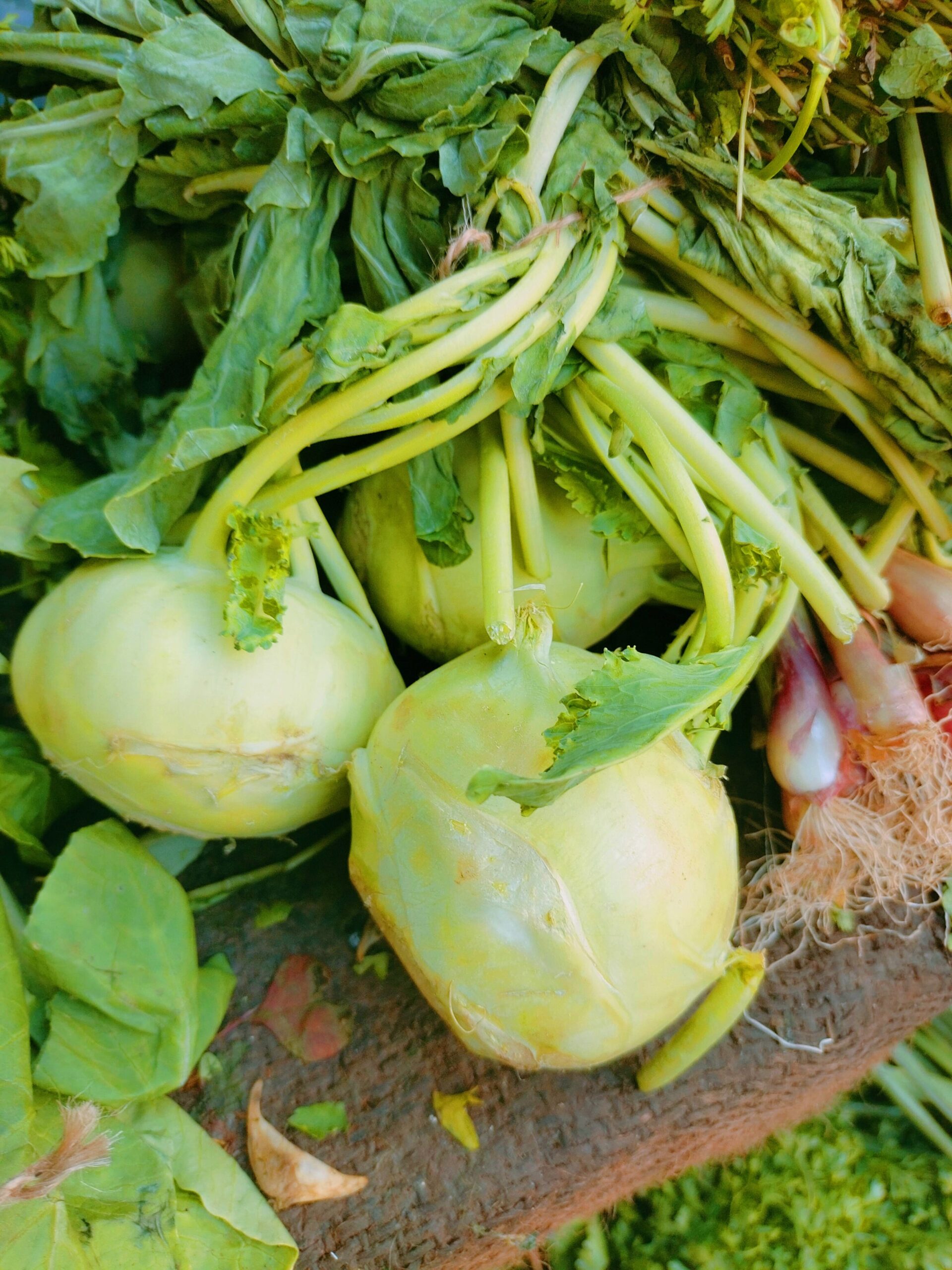
Kohlrabi with prawns
Kohlrabi with prawns| ol kopi chingri recipe
Its a spicy Indian curry with kohlrabi, potatoes and prawns
Check out this recipe
- 7. Green Peas (Matar):
- Green Peas: Fresh peas are available during the winter season and are used in a variety of dishes, including pulao, curries, and snacks.
Kadai matar
Kadai matar | Green peas masala curry
This is a Indian spicy vegetarian recipe which can be prepared when seasonal green peas when they are available in abundance.Many of my neighbors buy green peas in a bulk ,shell it and store it in the freezer in big containers so that they can use it when it is not in season.Fresh green peas is better than the preserved ones available in the super markets.
Check out this recipe
- 8. Potatoes:
- Potatoes (Aloo): Potatoes are a staple and are used in various Indian dishes like aloo sabzi, aloo paratha, and more. During the winter new baby potatoes are harvested which are used for making Dum aloo.
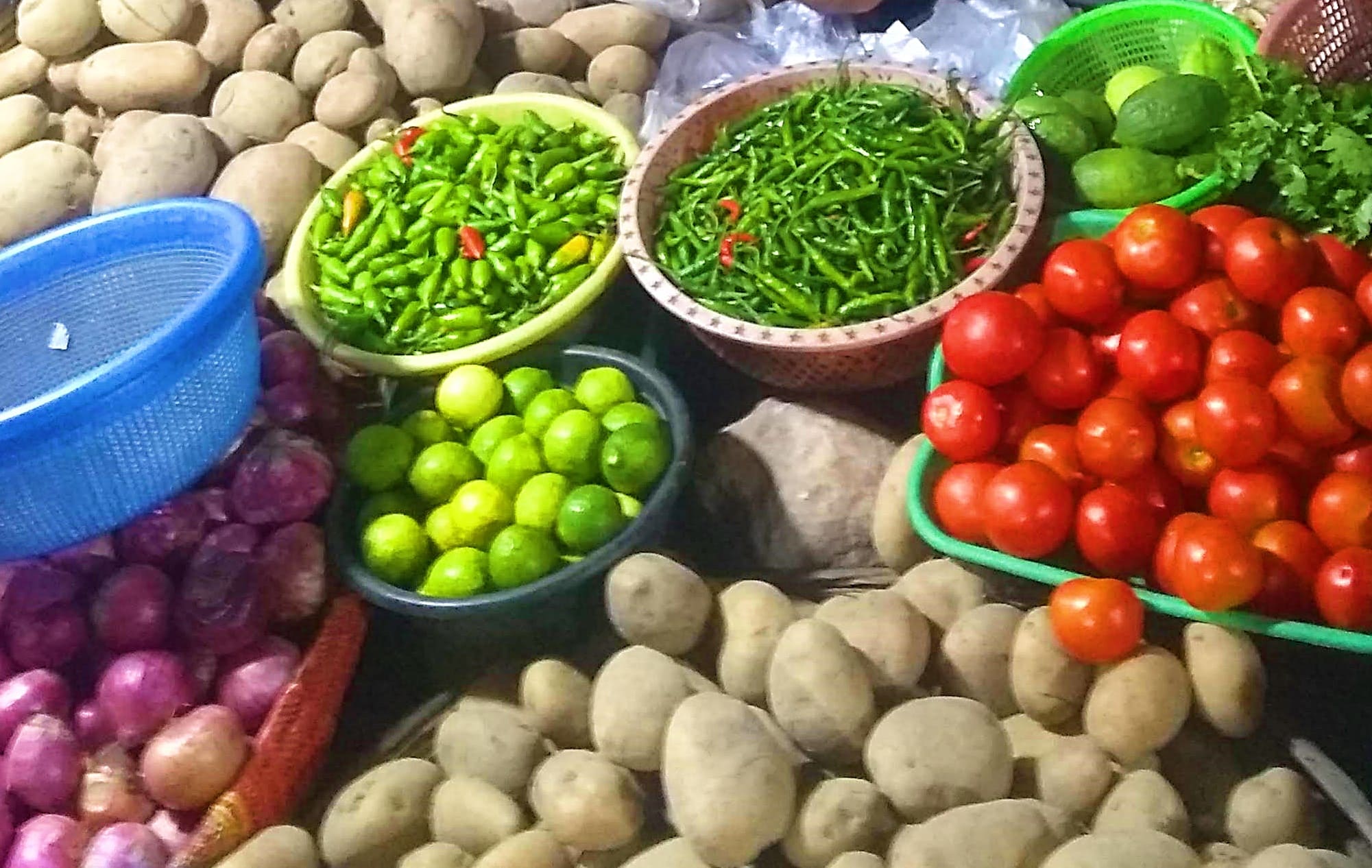
Dahi vada Aloo Dum Ghoogni
Dahi vada Aloo Dum ghoogni
Some classic Indian popular dishes mixed to form a delicious street food of Odisha
Check out this recipe
Green garlic
9. Green garlic : Green garlic is rich in Allicin which is an organo-sulfur compound, which boosts immunity fights cold and cough and anti-inflammatory
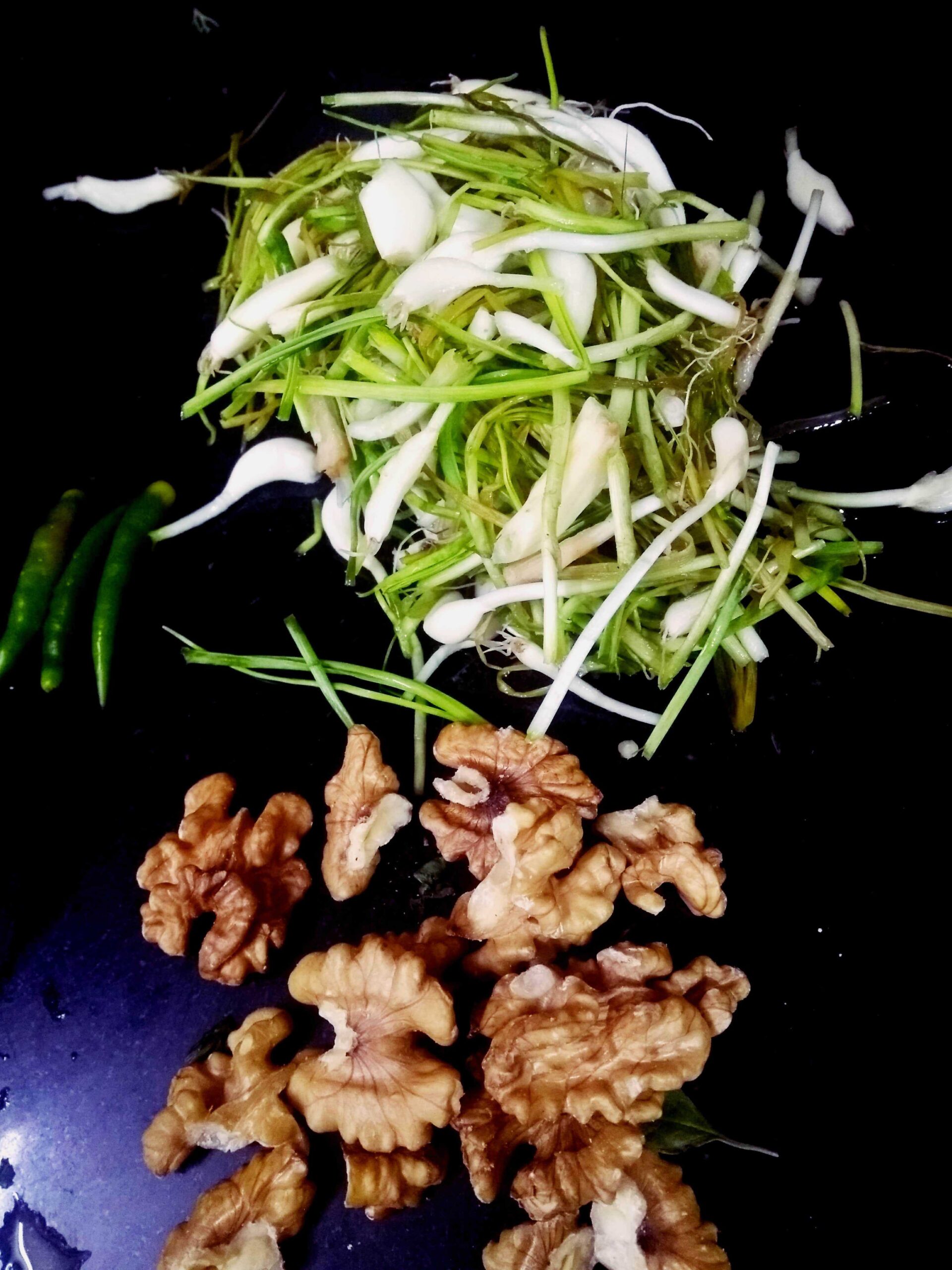
Pasta with Green garlic walnut pesto
Macaroni with green garlic and walnut pesto
This is a lip smacking recipe with seasonal ingredients which is filling and delicious
Check out this recipe
Chholiya or Green chickpeas
It has abundant plant based proteins which is good for immunity ,it is also responsible for enhancing skin and hair health. Rich in vitamin B9 or folate which is important during winters to fight low mood.
Green chana barfi | chholiya barfi
This is a wonderful innovative dessert with beautiful green color, prepared from the green chickpeas which are rich in protein and folate.
Check out this recipe
(86)

